We spent 3 weeks driving the coast, from Kittery Point in the south to the northern Acadia National Park–did nothing inland. Here some of the highlights we enjoyed.


At Kittery Point, just a short drive off Route 1, we had lunch at the Chauncy Creek Lobster Pier (on a tidal river), which serves only lobster and Malpeque oysters and cherrystones from Prince Edward Island–outdoor seating only and bring whatever else you want, including drinks!
York is a very historic and quaint village. At 350 years old, it was America’s first chartered city. You’ll find many 17th and 18th century structures, and the Old Gaol Museum is thought to be the oldest remaining public building in America. Route 1 enters York Harbor and York Beach. Eventually, a lane leads out over Cape Neddick toward picturesque Nubble Light–the most photographed lighthouse in the U.S.

Ogunquit is a cool little town, with lots of artists and craftsmen. Adjoining Perkins Cove has a couple of good restaurants–MC Perkins Cove and Five-O. A walk across New England’s only foot drawbridge provides a wonderful view of boats in the harbor, then walk the nearby Marginal Way, a 1.5 mile cliff walk.

Old Orchard Beach is a kitschy old beach town , where families have come for generations. With a 7-mile strip of beach, a cute boardwalk with a ferris wheel, and good New York-style pizza at Rocco’s, there is something for everyone! After Lindburg’s flight, there were lots of flights from this beach trying to copy his transatlantic trip, and there used to be carriage races on the sand.

In Scarborough, we rented a canoe at the Audubon Society’s Scarborough Marsh Nature Center and paddled out on streams meandering through a salt marsh. Next, we had a terrific lunch and drinks on the porch of the lovely Black Point Inn on the Prouts Neck Peninsula, overlooking the water. Afterward, we walked across the lawn and took the waterside path to Winslow Homer’s studio, now a National Historic Landmark; this is the same path he walked daily to get his subjects to paint! By making prior arrangements with the Portland Museum of Art, you can tour his studio at the end of the path–it’s very popular and books up quickly!

Portland is a fun town. For the best view in town, we walked the Eastern Promenade, which overlooks the quirky 1807 wooden observatory atop Munjoy Hill. At Maine’s Pantry on Commercial Street, picked up Maine maple syrup and mustard from Raye’s, the country’s last stone ground mustard mill. On Park Street, below Spring, we saw a row of 14 brick townhouses from the 1830s, all with ironwork balconies. The Portland Public Market is a huge international food court. The Portland Head Light Station at Fort Williams Park was built in 1790 and is one of the oldest lighthouses in the U.S.–a nice place to have a picnic. Stroudwater, two miles west of the Old Port on Congress Street, is a colonial village from the 1700s; it was originally a mill site, then a canal depot. We took the mailboat run to several islands, which was pretty cool–they deliver all kinds of stuff, in addition to mail, including lumber to build things. You can bike (rentals available) or hike on Peaks Island, a 20 minute ferry trip, or Long Island, which has a protected white sand cove at Singing Sands Beach. Favorite eateries in Portland were Zapoteca, Boda Thai, the Front Room, and Bonobo for pizza.
Don’t miss the LL Bean store in Freeport–open 24/7. Lobster rolls abound in this state–both mayo style and butter style–but the best, in my opinion, is at Red’s Eats in Wiscasset–outdoor seating only and usually has a line. For a quirky stop, check out the scrap sculptures by Nathan Nicholls at Recycle Art Sculptors Garden in Waldeboro–very unusual and offbeat; although Nathan Nicholls is no longer alive, his family has left the 5-acre sculpture garden for all to see.



Camden is the home to several windjammers. Searsport has the EXCELLENT Penobscot Marine Museum.
Acadia National Park borders Bar Harbor on 3 sides. A horse-drawn carriage tour or wagon ride is a great way to see the 40 miles of roads and 17 picturesque stone bridges, along with lots of park history.



Then, drive to Thunder Hole–at high tide, the surf crashes into a natural inlet, sending water up to 40 feet high, with a roar! Sand Beach is a popular gathering spot. At 1530 feet, Cadillac Mountain is the highest peak around. Hike the Beach Mountain Path on the west side of the island; from there, you have a view of Long Pond or Great Pond, and, at the peak, you have a stunning vista of Blue Hill and Cranberry Isles. Have some yummy popovers with strawberry jam at the Jordan Pond House, overlooking the Bubble Mountains and Jordan Pond.
popovers with strawberry jam at the Jordan Pond House, overlooking the Bubble Mountains and Jordan Pond.
The remote Isle Hauet, on the Schoodic Peninsula, is 6 miles long and 2 miles wide with 65 year round residents and less crowded paths, along with several inns.
Coastal Maine is such a fun and scenic place to visit.
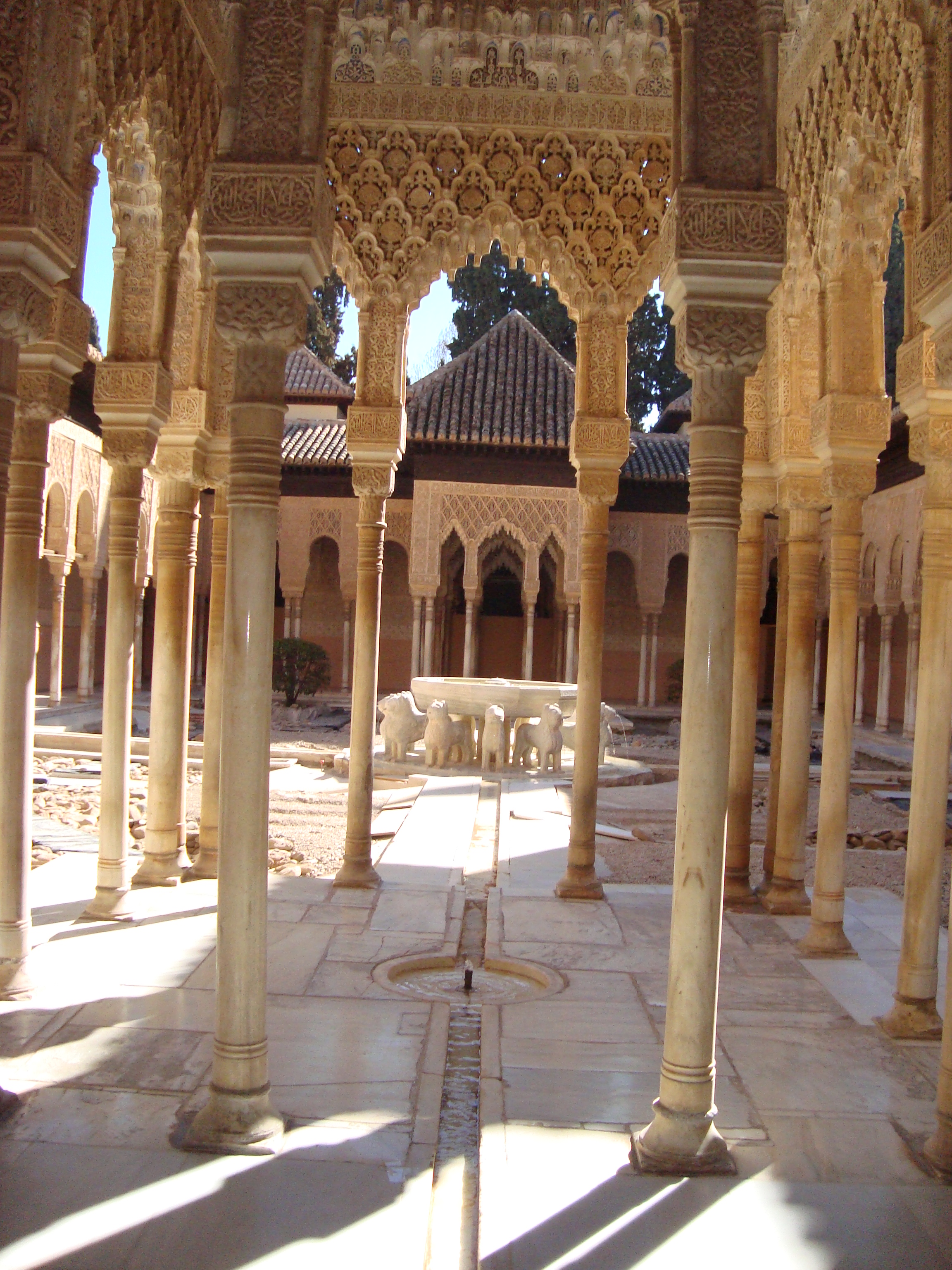
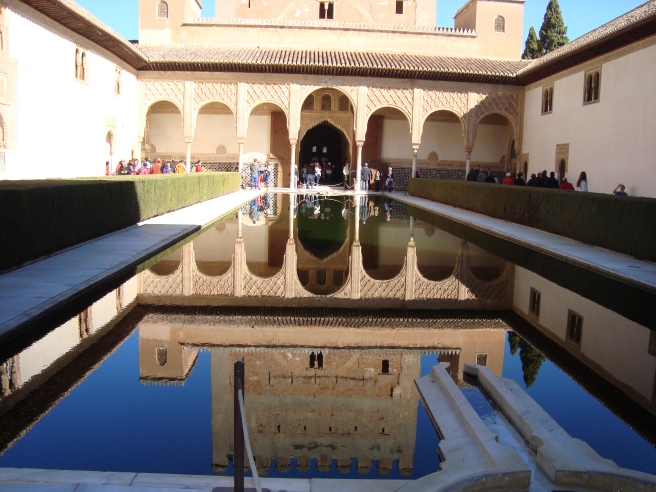
 In the 1400s, it was the wealthiest and most densely populated area of Granada, boasting 30 mosques. 1980 – 1990 saw the largest increase in converts to Islam since the 1492 Catholic Reconquest, and a new mosque was opened in 2004.
In the 1400s, it was the wealthiest and most densely populated area of Granada, boasting 30 mosques. 1980 – 1990 saw the largest increase in converts to Islam since the 1492 Catholic Reconquest, and a new mosque was opened in 2004. This area of the city is characterized by carmenes, typical Arab houses with enclosed gardens and containing fruit trees and fountains.
This area of the city is characterized by carmenes, typical Arab houses with enclosed gardens and containing fruit trees and fountains.
 The Sacromonte Interpretative Center recreates cave life and offers some cultural performances.
The Sacromonte Interpretative Center recreates cave life and offers some cultural performances.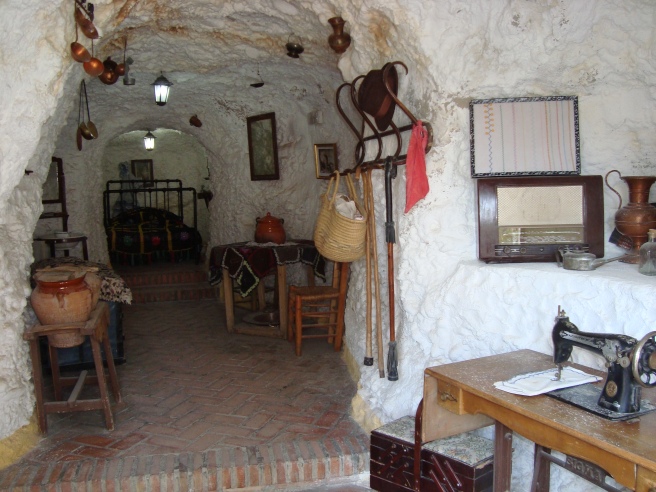



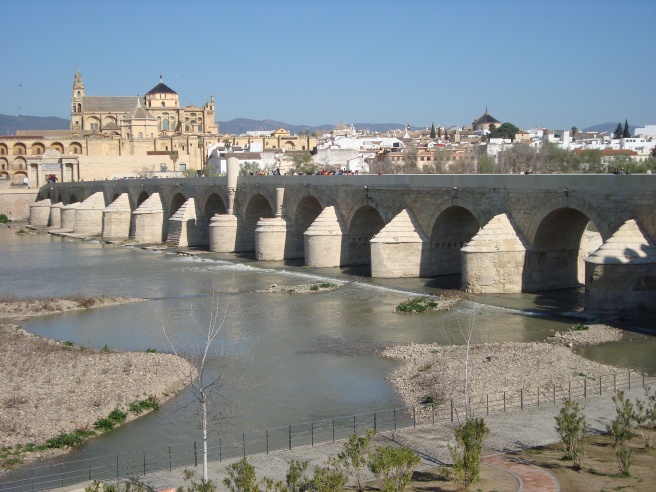

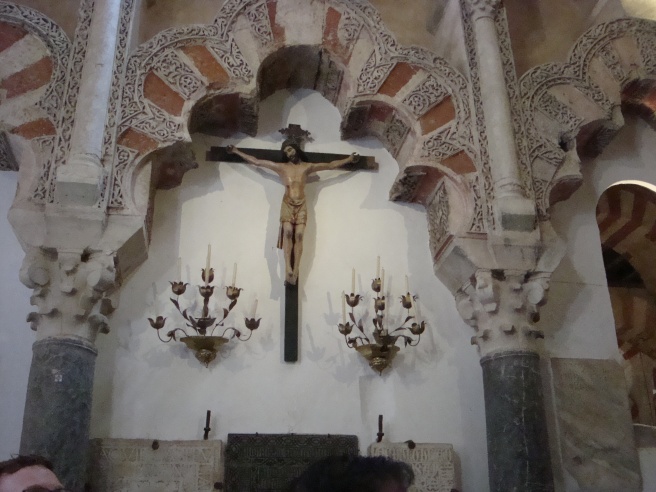













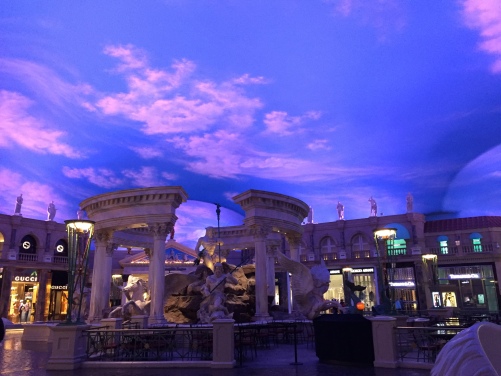








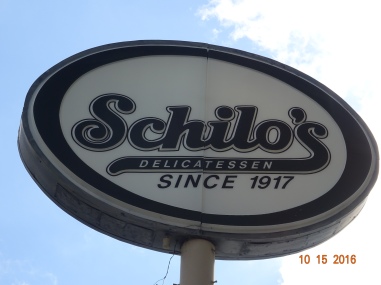
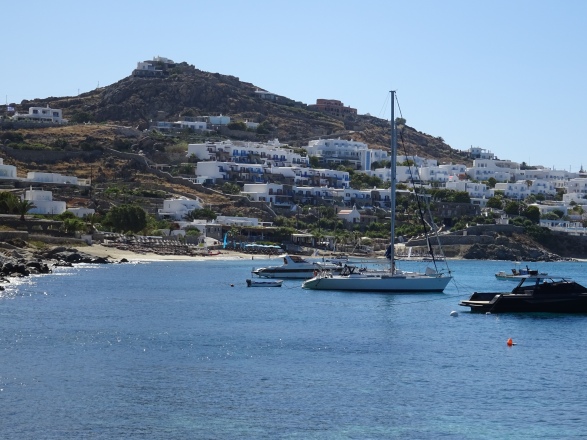




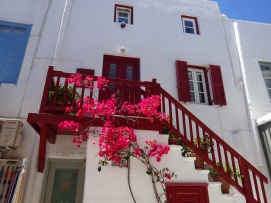




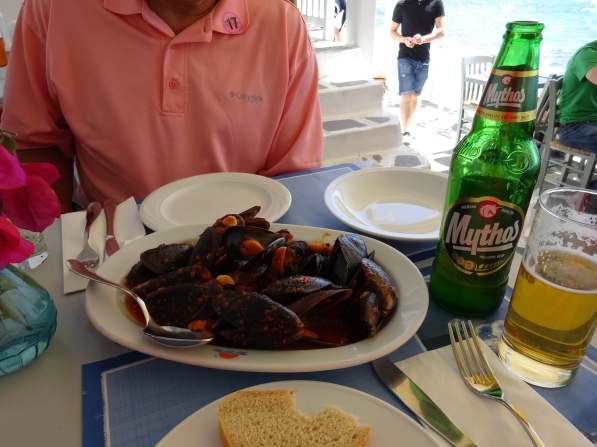
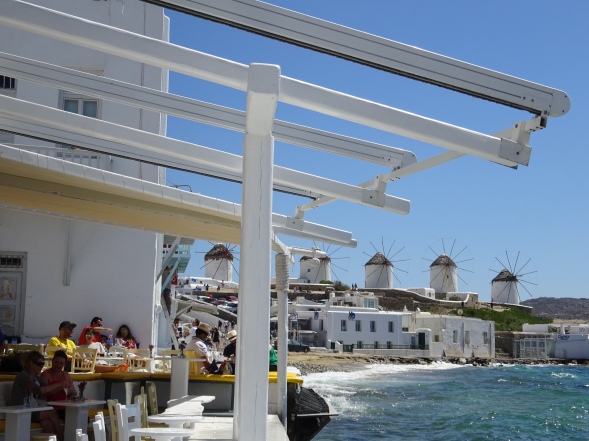
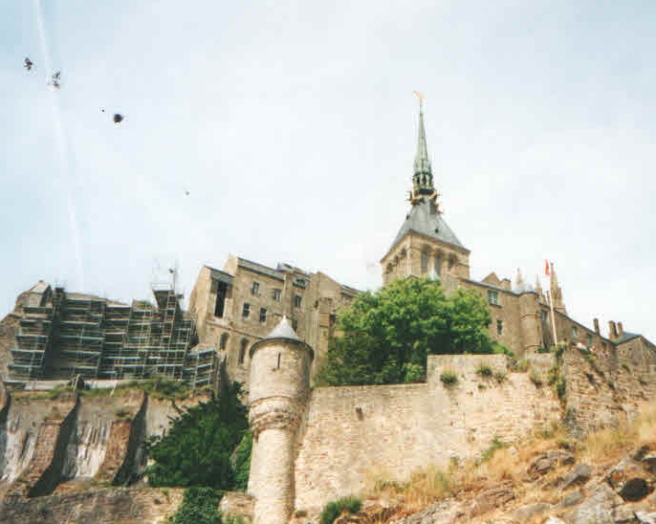

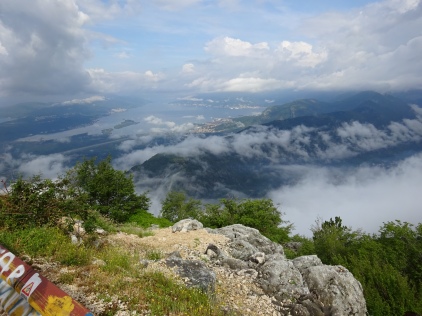
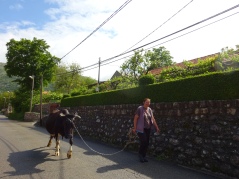









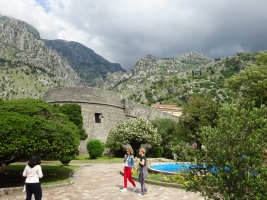














 popovers with strawberry jam at the Jordan Pond House, overlooking the Bubble Mountains and Jordan Pond.
popovers with strawberry jam at the Jordan Pond House, overlooking the Bubble Mountains and Jordan Pond.